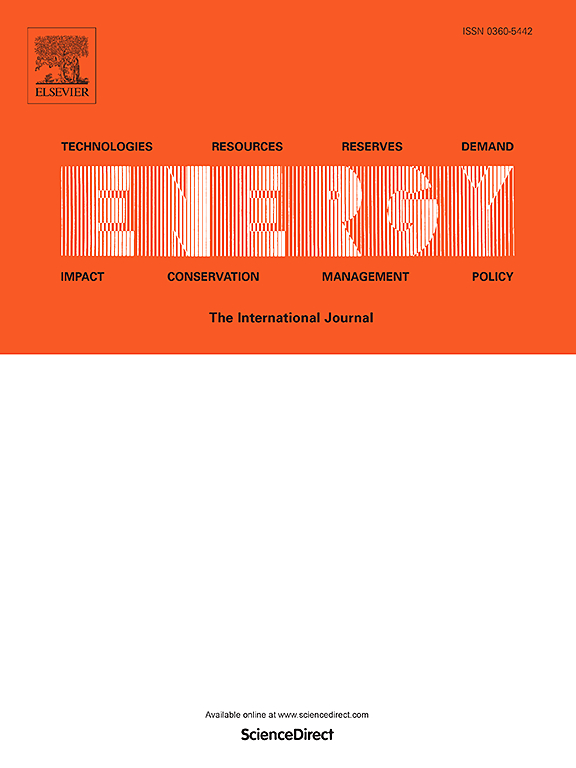Optimizing thermal stress distribution in heat-pipe-cooled microreactors using multi-physics data-driven methods
IF 9
1区 工程技术
Q1 ENERGY & FUELS
引用次数: 0
Abstract
Heat-pipe-cooled microreactors represent cutting-edge nuclear energy systems, but they are faced with significant design challenges. The neutronic–thermal–mechanical interactions within these reactors are complex, and the excessive thermal stress in the core monolith threatens the structural integrity. We present an advanced multi-physics coupling method combining high-fidelity neutronic, thermal-hydraulic, and mechanical simulations. The model employs Monte Carlo neutron transport, finite element solid thermodynamics, and a heat pipe wall temperature model, coupled using Picard iteration. Leveraging this multi-physics coupling method, we have developed data-driven models utilizing artificial neural networks, which reduced each calculation time from 6 h to 4 min without sacrificing accuracy. To reduce the peak stress in the monolith, the non-dominated sorting genetic algorithm (NSGA-II) is applied to optimize key design parameters, such as fuel enrichment, active core height, and fuel rod pitch. An innovative heat-pipe-type optimization strategy was formulated, facilitating effective redistribution of core temperature and substantially reducing thermal stress without undermining key safety parameters or reactor performance. The optimization results showcased a 59% reduction in peak stress, with the maximum value decreasing to 68 MPa, thereby ensuring the stress levels remain within safe limits. This work suggests a viable solution for managing the thermal stress issues in heat-pipe-cooled microreactors.
求助全文
约1分钟内获得全文
求助全文
来源期刊

Energy
工程技术-能源与燃料
CiteScore
15.30
自引率
14.40%
发文量
0
审稿时长
14.2 weeks
期刊介绍:
Energy is a multidisciplinary, international journal that publishes research and analysis in the field of energy engineering. Our aim is to become a leading peer-reviewed platform and a trusted source of information for energy-related topics.
The journal covers a range of areas including mechanical engineering, thermal sciences, and energy analysis. We are particularly interested in research on energy modelling, prediction, integrated energy systems, planning, and management.
Additionally, we welcome papers on energy conservation, efficiency, biomass and bioenergy, renewable energy, electricity supply and demand, energy storage, buildings, and economic and policy issues. These topics should align with our broader multidisciplinary focus.
 求助内容:
求助内容: 应助结果提醒方式:
应助结果提醒方式:


